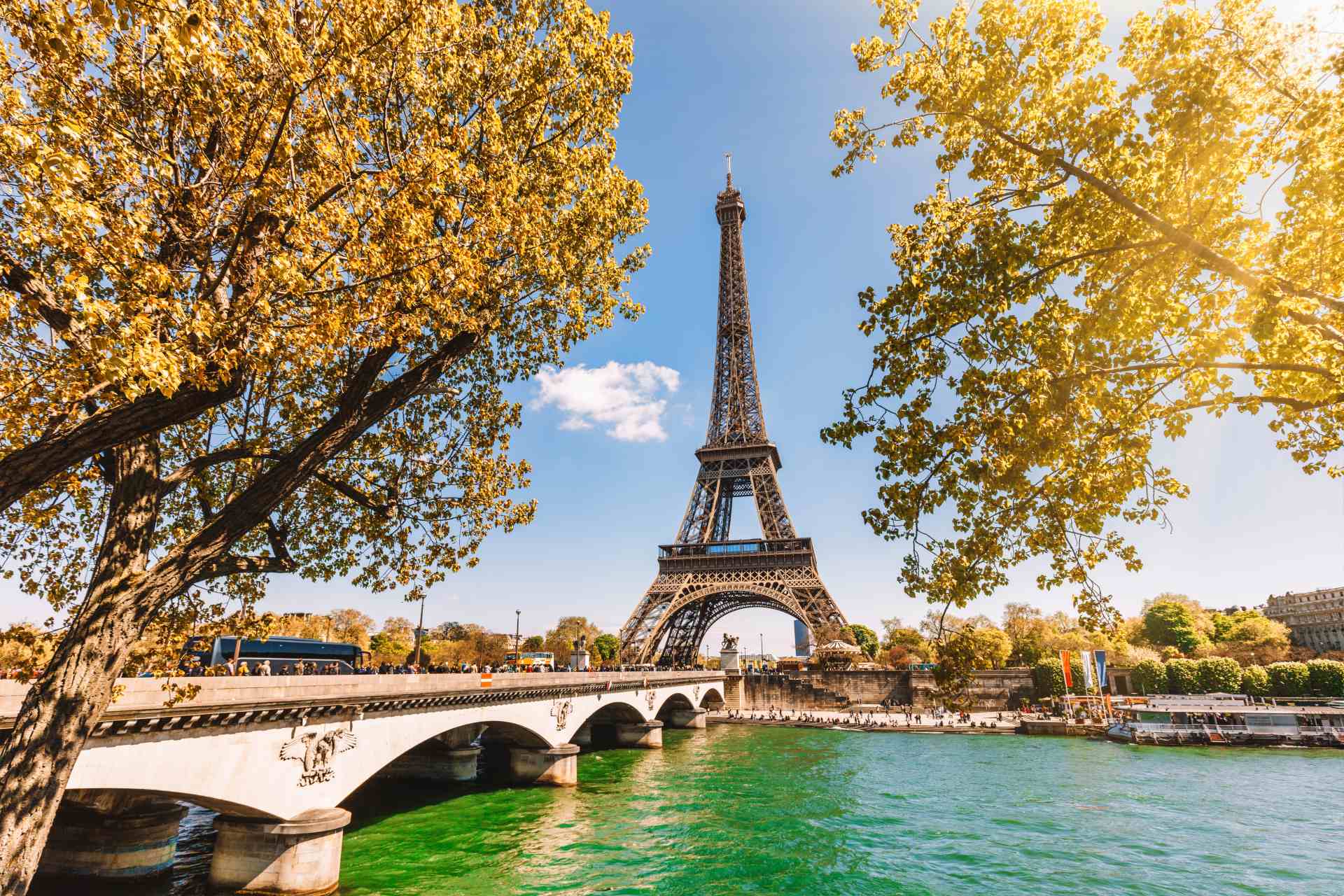Paris Agreement Road Map: next steps
The latest report of the IPCC has established the limitation of global warming by 1.5 ° C as the main challenge.
Adoption of the Paris Agreement in 2015 was the most important diplomatic milestone in the fight against climate change to date. 196 parties agreed to rise to the challenge of limiting the increase in temperature of the planet to 2°C, making further efforts to restrict it to 1.5°C, facilitating substantial financial flows to promote decarbonization, and increasing countries’ adaptation capacity to combat the negative impacts of climate change.
As each country ratified the Paris Agreement, they also delivered their climate plans for fulfilling the objective of limiting global warming, known as the Nationally Determined Contributions (NDCs). These first came into being as INDCs, given they were initially simply “Intended”. Once ratified by the parties, they became the NDCs, dropping the ‘I’ beforehand. It was also agreed to develop financing plans to support least developed countries in their plans for emission reductions and adaptation to climate change.
Given the dilemma the planet is in, there is no room for backward steps and countries have committed not only to delivering on their NDCs, but also to report information allowing the periodic assessment of the measures proposed in their contributions, and the delivery of new NDCs every 5 years that involve increasingly ambitious objectives and plans. The next round will take place in 2020.
IPCC Report warns: more ambitious NDCs essential
Although NDCs have been delivered and ratified, and governments have adapted their national socioeconomic frameworks to tackle the environmental crisis, recent polluting emissions reductions reports looking ahead make somber reading. The United Nations made a first assessment of the planned INDCs (the so-called Synthesis Report on the Aggregate Effect of INDCs) and warned that, even adding together all the national contributions, the overall effort will not be enough to reach the Paris Agreement objective of reducing emissions.
The Intergovernmental Panel on Climate Change (IPCC) also presented a report just two months ago, offering two stark conclusions: limiting the temperature rise to 2°C will not be enough to avoid environmental collapse, and; if we continue on this path, the increase in temperature of the planet will not be limited to 2°C, but will reach nearly 4°C. Furthermore, if urgent resolutions are not made now, in as little as 12 years’ time the 1.5°C ceiling will have been reached (the temperature had already risen by 1°C by 2018 with respect to the pre-industrial era).
2020 will see new NDCs presented, and this will be a highly significant moment in which, according to IPCC data, the contributions to the environment countries will bring to the table need to be radically more ambitious in order to detain the alarming deterioration described in the reports.

2020: the year the race gets truly underway
Following the IPCC report about global warming, it is no longer possible to look the other way. 2018 was a very important year for agreements made through international climate diplomacy and for evaluating progress via instruments such as the Talanoa Dialogue, as well as countries sharing experiences on what needs revising, and what considerations need to be taken into account in the next NDCs.
Countries at the Katowice Conference of the Parties (COP 24), held at the beginning of December 2018, demonstrated this good faith, but the meeting also left somewhat of a sour taste in the mouth. Although the conclusions of the latest IPCC report had focused minds, and the 1.5°C level is now the main goal, some countries showed themselves to be reticent in advancing the fight against climate change. They were urged to become more ambitious, and several declarations were supported by most parties, but the conference failed to reach any significant agreements in sustainable development.
The package of technical directives needed for the Paris Agreement to function fully – the Paris Agreement Rulebook – was one of the most important items on the agenda at COP 24. One of the main elements of the Rulebook is transparency; as of now, all nations must abide by the same standards in measuring the emissions they produce and mitigate, as well as in aspects related to financing and adaptation. But the agreement of market mechanisms was postponed to COP 25, to take place in Chile in 2019.
As a result of this slow progress, the 2020 NDCs can no longer be understated. National contributions to the sustainable development must take into account the new scenario for limiting global warming to 1.5°C, and fulfill the following two goals: reduce all CO2 emissions globally by 45% by 2030, with respect to 2010 levels, and; achieve carbon neutrality by 2050.
Sources: Efe Verde, Ecologistas en Acción, Naciones Unidas.







